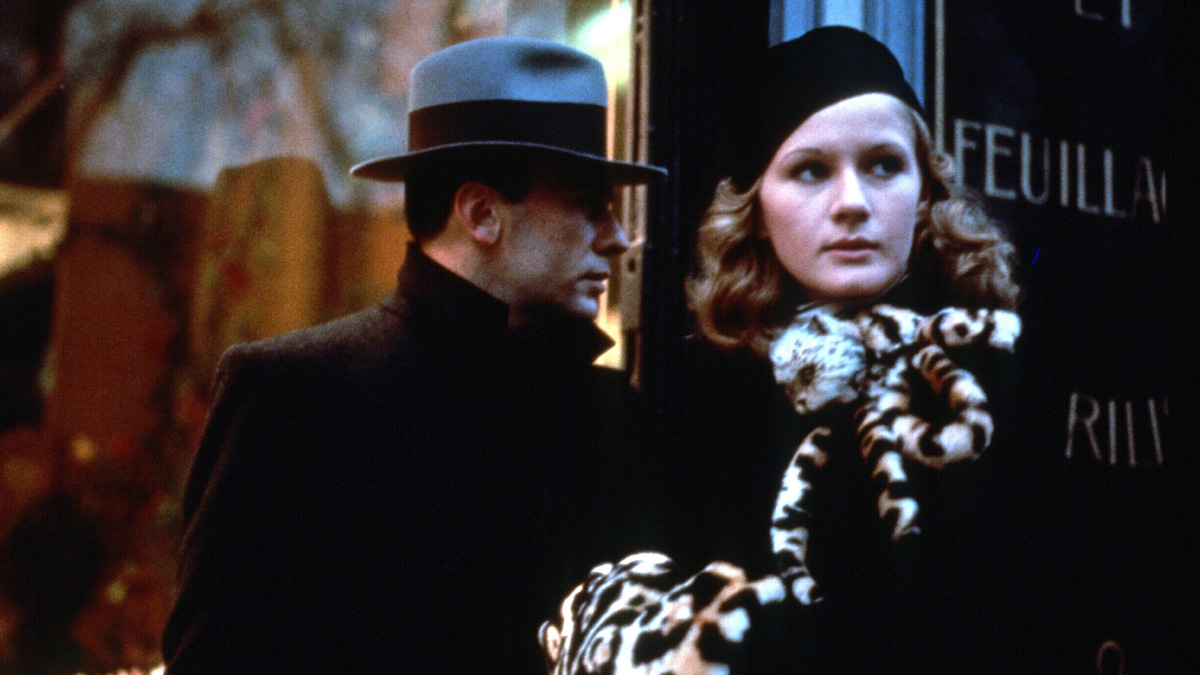
(c)Photofest / Getty Image
“The Conformist” Excessive stylistic beauty that highlights The Truth of humanity *Note! Contains spoilers.
2021.08.16
*This article touches on the ending of the story, so we recommend watching the movie before reading it.
“The Conformist” synopsis
When Marcello was a boy, he received sexual advances from his driver, Lino, and realized he was gay. Moreover, he killed Reno, and that fact was sealed deep in his heart. When Marcello grows up, he marries a normal wife and wants to live a normal life, so he surrenders to fascism. Eventually, he was given a secret order to investigate his mentor, a professor who was in exile in Paris, so he took his wife to Paris. Although he is welcomed by the professor, the professor's wife, Anna, realizes his purpose and becomes wary of him, but at the same time they become close friends. On the way to their villa, the professor and his wife are assassinated right in front of Marcello.
Index
- Unrivaled sensual visual beauty
- "Writing with Light"
- A spiritual journey through consciousness (light) and unconsciousness (shadow)
- Fascism as a political metaphor
- Plato's "Prisoner of the Cave"
Unrivaled sensual visual beauty
Kenji Mizoguchi's `` Ugetsu Monogatari '' (53), Stanley Kubrick's ` `2001: A Space Odyssey '' (68), Andrei Tarkovsky's `` Nostalgia '' (83), Wong Kar-wai's ` `In the Mood for Love '' (2000) , " The Fall " (06) directed by Tarsem Singh...
There are movies in this world that captivate your heart without any questions asked, not because of the story, but because of the overwhelming beauty of the images. And I am a huge fan of such movies. I usually talk about plausible things in explanatory articles (though they may not be plausible), but the theme and meaning come later, and while watching a movie, I try to empty my brain and get lost in the images. sea bream. To begin with, movies have a strong visual art aspect, so I think that's perfectly fine.
There are many movies with breathtakingly beautiful images, but the number one movie in my opinion and prejudice is Bernardo Bertolucci's ``The Conformist'' (1970). I was shocked when I saw it for the first time. Overwhelming color design, strict composition, and sharp contrast. I went beyond all the stereotypical fancy phrases such as ``painterly,'' ``poetic,'' and ``baroque,'' and the ``painting'' itself jumped into my mind. I am not aware of any work that boasts more sensual visual beauty than ``The Conformist.''
"The Conformist" preview
I'll talk about the filming later, but first let's look at the origins of the movie. The original story is `` The Lonely Young Man '' by Alberto Moravia, published in 1951. This is the story of the main character, Marcello (Jean-Louis Trintignant), who was deeply traumatized by shooting a homosexual young man in his childhood, and turns to fascism in an attempt to escape his past.
Bertolucci was approached by Paramount's Italian bureau asking if he had any ideas for a project, which led to the idea of making the film into a movie. Bertolucci presented Moravia's ``The Solitary Youth'' and ended up producing it, but surprisingly, he had not read the novel at this point. My girlfriend at the time, Maria Paola Maino, was a fan of ``The Lonely Young Man'' and had only heard about it. When it was decided that the film would be made into a movie, he hurriedly started reading the book and completed the script in about a month.

